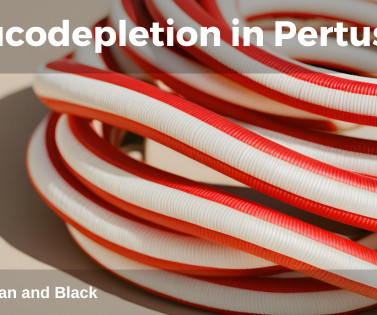EM@3AM: Murine Typhus
EMDocs
DECEMBER 1, 2024
Flea-Borne Typhus: Epidemiology Summary 2013-2019. Centers for Disease Control and Prevention. Clinical Infectious Diseases , vol. Ischemic Hepatitis and Septic Shock Secondary to Murine Typhus Infection in Pregnancy. The RUSH exam: Rapid Ultrasound in SHock in the evaluation of the critically lll.




















Let's personalize your content